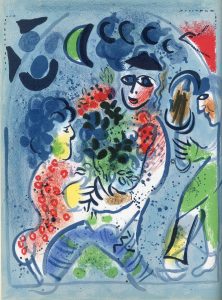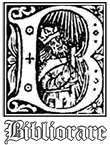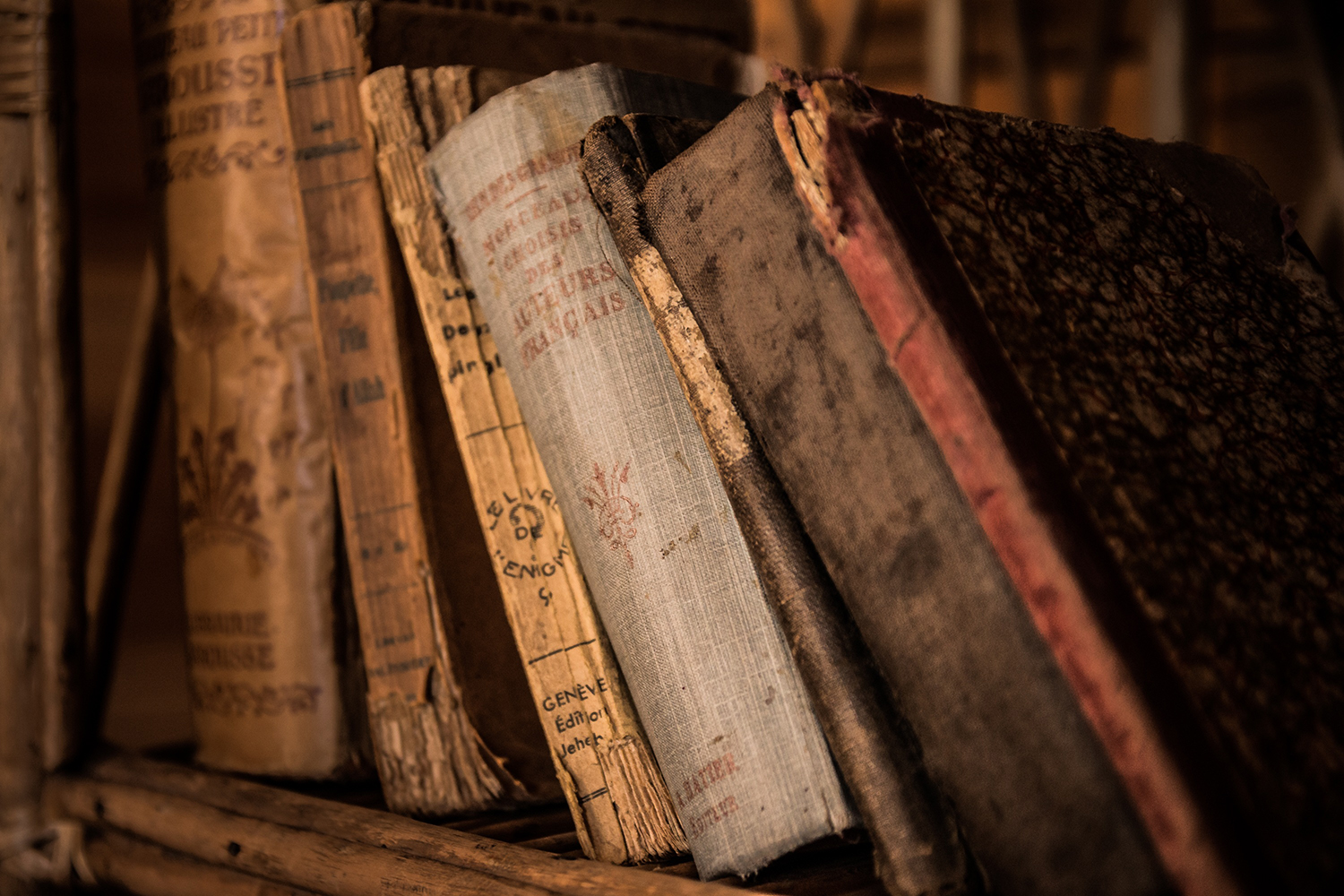AGRICOLA.- Georgii Agricolae De ortu et causis subterraneorum Lib. V. De natura eorum quae effluunt ex terra Lib. IIII. De natura fossilium Lib. X. De ueteribus et nouis metallis Lib. II. Bermannus, siue, De re metallica dialogus. Interpretatio...
Description
4°, 487-1 blanche-[52] p., marque typographique répétée au titre et à la dernière page, belles lettrines historiées, plein vélin ancien à petits rabats (défauts à la reliure, ex. rogné un peu court, f. de titre sali et petits manques avec perte de qq. lettres au verso, mouillures dans tout le vol., coupure dans qq. pages sans manques, petites déchirures aux 2 derniers f. avec perte de qq. lettres, annotations anciennes et plusieurs soulignures anciennes à l'encre).
Georgius Agricola, dit Agricola, de son vrai nom Georg Pawer ou George Bauer (né en 1494 à Glauchau en Saxe - mort en 1555 à Chemnitz) était un savant allemand, considéré comme le « père de la minéralogie et de la métallurgie » du fait de son ouvrage majeur « De Re Metallica » qui constitue le premier ouvrage de référence sur les techniques minières et le travail du métal, accompagné de nombreuses illustrations.
Agricola also wrote the first book on physical geology, « De Ortu et Causis Subterraneorum » (1546), notable for its descriptions of wind and water as powerful geological forces, and for its explanation of earthquakes and volcanic eruptions as produced by subterranean vapors and gases heated by the Earth's internal heat. However, his greatest contribution to paleontology was his book « De Natura Fossilium », also published in 1546.
This book is not restricted to what we call fossils today : the Latin word « fossilis » meant anything dug out of the ground, and Agricola's book included descriptions of all kinds of minerals, gemstones, and even gallstones, in addition to what we would call fossils now.
Agricola's work summed up what the ancient Greek and Roman authors had written about minerals, and included a list of a hundred ancient authors whose works Agricola had consulted - but Agricola was not afraid to contradict the ancients' opinions if they did not fit with his own experience. His work represented a major advance over previous writings on rocks and minerals in that it classified them, not alphabetically or by their supposed mystical powers, but by simple physical properties : « Thus minerals have differences which we observe by color, taste, odor, place of origin, natural strength and weakness, shape, form, and size. » Agricola gave standardized names to various minerals, and not only recorded their appearance but the localities where they could be found.



